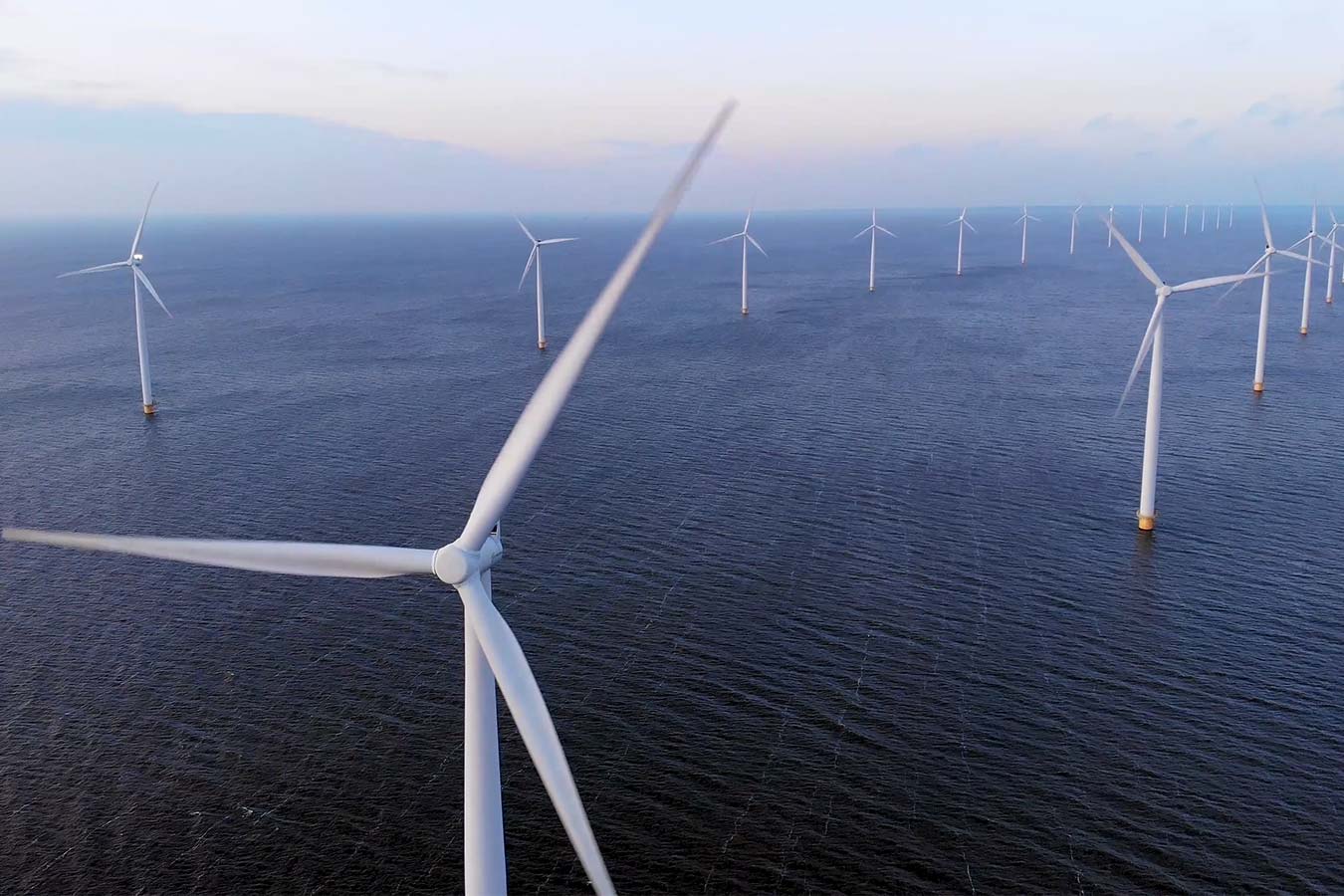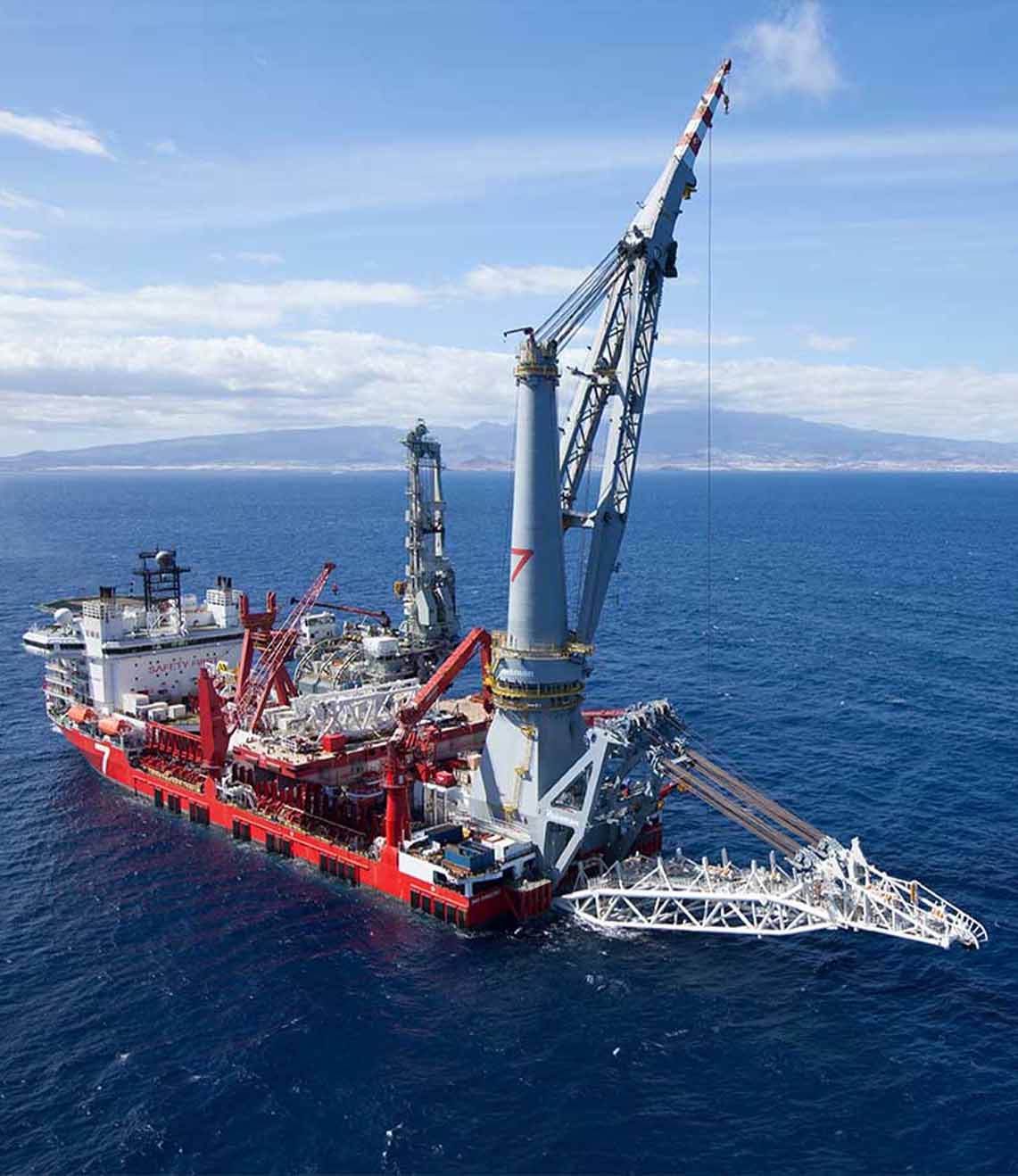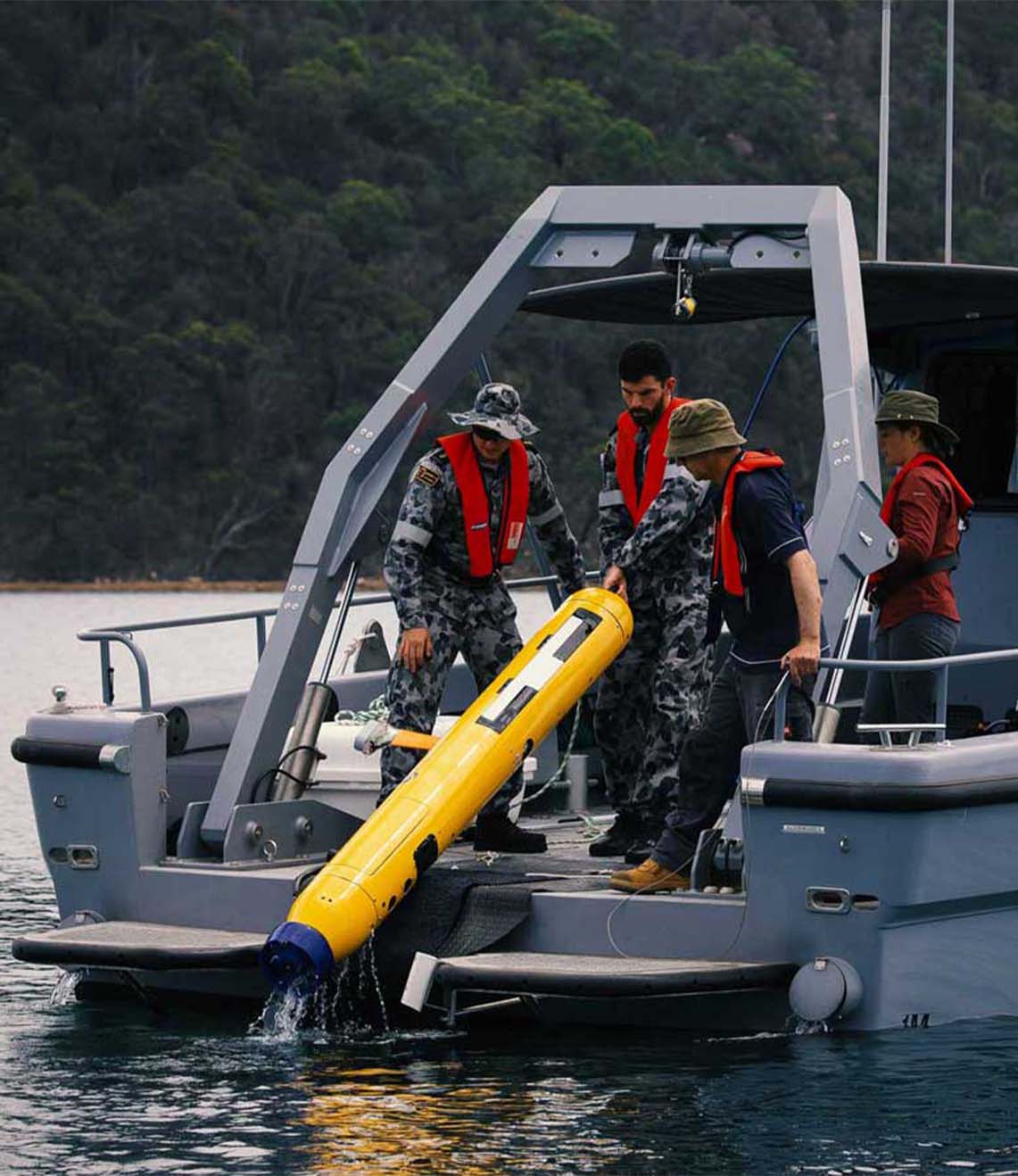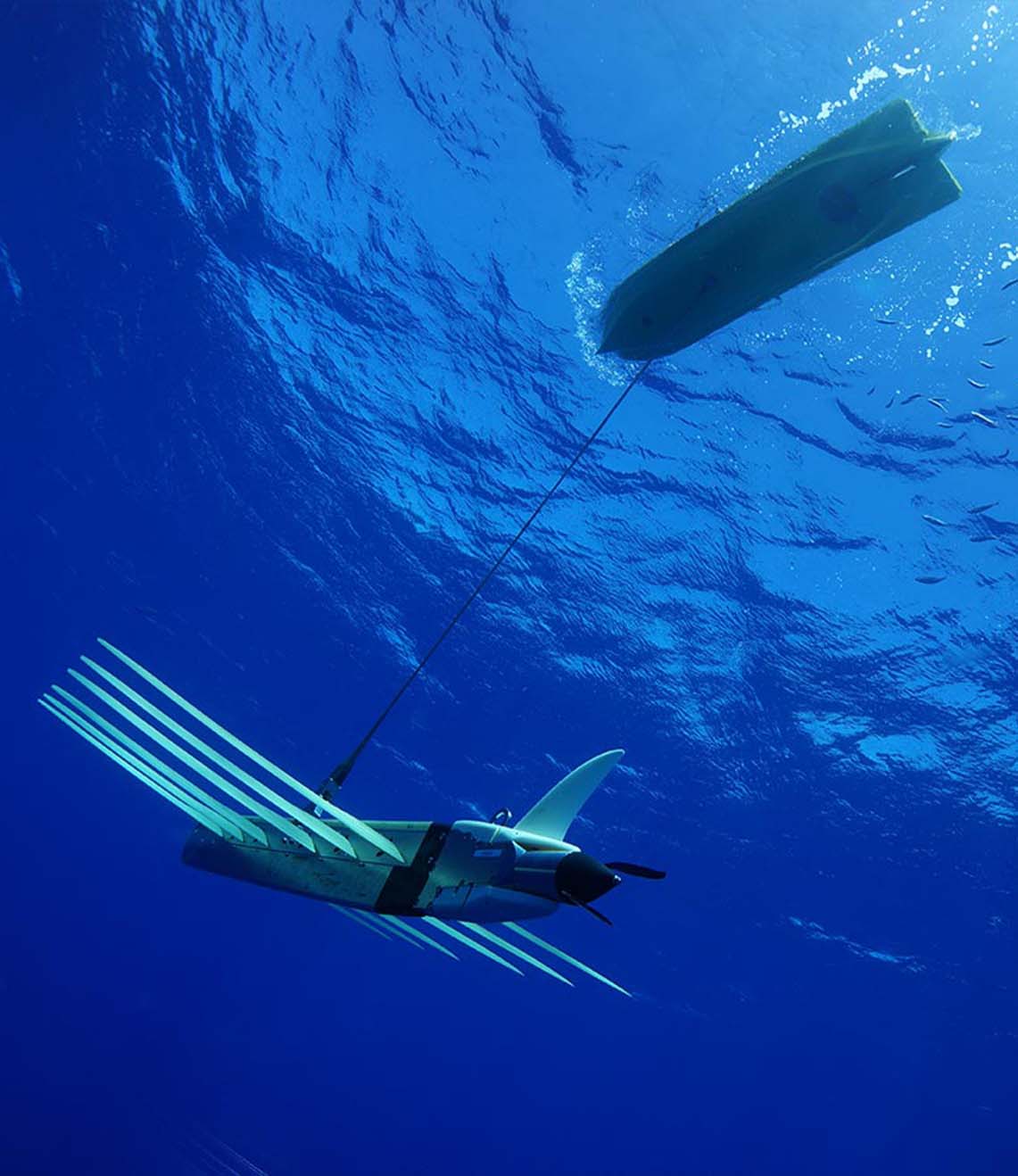How can we help?
When to use a float, when to use a stand?
24 June 2021
First consider your error budget; how precise does your position information need to be for this job? For example, Metrology requires millimetric precision so rigid stands are your only option. But this requires planning in order to ensure stand heights are suitable to provide good line of sight between transponders, and will most likely require ROV resources to deploy and recover them. If however, you have more flexibility in your tracking solution, you may decide to go with the simpler float collar option. Deployed by freefall or ROV, tethered releasable weights keep the Compatt on the seabed as it floats upright. But be aware of currents; they’ll cause the Compatt to sway – the amount depends on the length of tether and design of float. In uneven topography, longer tethers may be needed to ensure line of sight. Our teardrop float is worth considering as it reduces drag, and minimises deflection. Our SSG team are here to help. Email them at: survey.support@sonardyne.com
Looking for more content?
Find more product support in our Knowledgebase
Haven't found what you're looking for?
Then speak to one of our team for expert help




